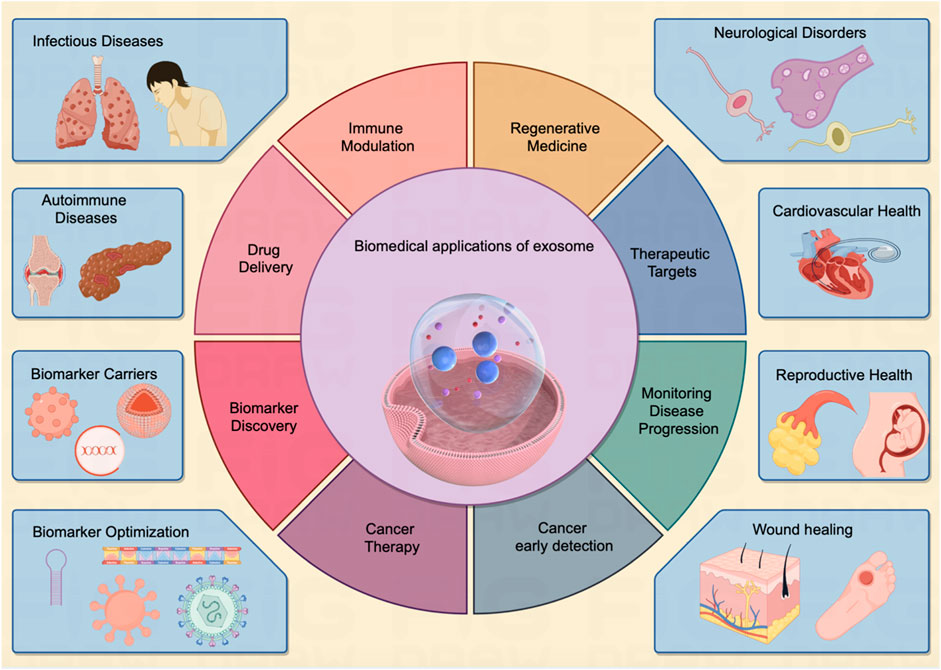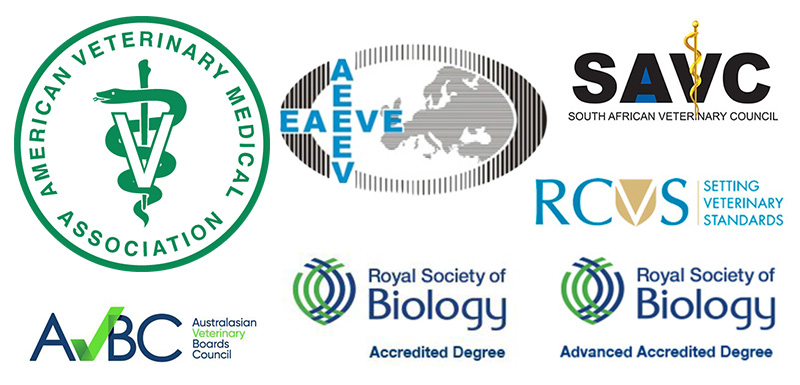Incident Report: Assault Case in Glasgow and its Implications for Sustainable Development Goals
1.0 Executive Summary
This report details the case of Michael Harvey, convicted for the attempted murder of Carol O’Reilly in Glasgow on October 1, 2023. The incident and its aftermath highlight significant challenges and failures related to the achievement of key United Nations Sustainable Development Goals (SDGs), particularly SDG 3 (Good Health and Well-being), SDG 5 (Gender Equality), and SDG 16 (Peace, Justice and Strong Institutions). While the judicial system secured a conviction, questions surrounding institutional accountability, victim protection, and the prevention of gender-based violence remain.
2.0 Incident Details and Judicial Outcome
- On October 1, 2023, Michael Harvey, 32, subjected Carol O’Reilly, 41, to a violent assault, repeatedly striking her head against the ground.
- The assault continued at a hotel, where the victim was discovered unconscious by staff the following morning.
- Harvey was convicted of attempted murder and sentenced to nine years in prison. He received a concurrent two-year sentence for attempting to defeat the ends of justice.
- The court issued an indefinite ban preventing Harvey from approaching or contacting the victim.
Analysis of Sustainable Development Goal (SDG) Violations
3.0 SDG 3: Good Health and Well-being
The attack represents a severe violation of the victim’s right to health and well-being, a cornerstone of SDG 3. The long-term consequences directly undermine the goal’s aim to ensure healthy lives.
- Permanent Health Damage: The victim suffered life-altering injuries, including permanent brain damage, memory loss, and the onset of epilepsy.
- Extensive Physical Trauma: Injuries included broken bones in her back, neck, cheekbone, eye-socket, and nose, requiring multiple surgeries, including a craniectomy.
- Impediment to Medical Care: The perpetrator actively prevented the victim from receiving immediate medical treatment at Glasgow Royal Infirmary, exacerbating her injuries and demonstrating a flagrant disregard for her right to health.
- Long-term Rehabilitation: The victim required six months of hospitalization to relearn basic functions such as walking, talking, and swallowing, indicating a profound and lasting impact on her quality of life.
3.1 SDG 5: Gender Equality
This case is a stark example of gender-based violence, directly contravening the targets of SDG 5, which aims to eliminate all forms of violence against women and girls.
- Target 5.2 Violation: The incident constitutes extreme physical violence against a woman in both public and private spheres, a direct failure to meet the target of eliminating such violence.
- Control and Coercion: The perpetrator’s actions, including compelling the “barely functioning” victim to leave a hospital and return to a hotel where the assault continued, exemplify patterns of violent control common in gender-based violence.
3.2 SDG 16: Peace, Justice and Strong Institutions
The case provides a dual perspective on SDG 16, highlighting both the functional aspects of the justice system and significant shortcomings in institutional accountability and transparency.
- Access to Justice (Target 16.3): The successful prosecution and conviction of the perpetrator, aided by CCTV evidence, demonstrates a functioning judicial process that provides a measure of justice for the victim.
- Effective and Accountable Institutions (Target 16.6): The initial response by Police Scotland raises serious concerns about institutional effectiveness.
- Failure to protect a vulnerable person by placing the victim in a police vehicle with her attacker.
- Initial assessment at the scene that “no criminality was established,” which was later contradicted by an attempted murder conviction.
- Access to Information (Target 16.10): The handling of the subsequent investigation into police conduct undermines institutional transparency.
- The Police Investigations & Review Commissioner (PIRC) report on the police’s actions has been kept confidential and has not been shared with the victim or the public.
- This lack of transparency denies the victim and her family answers and closure, hindering the accountability of public institutions.
Institutional Response and Accountability
4.0 Judicial System Actions
The Crown Office and Procurator Fiscal Service (COPFS) successfully prosecuted the case, utilizing significant CCTV evidence to demonstrate the perpetrator’s brutality. Lord Colbeck, during sentencing, noted Harvey’s actions were “calculating and self-serving” and reflected a “high degree of culpability.”
4.1 Law Enforcement and Oversight Body Scrutiny
- Police Scotland’s Position: Police Scotland stated that officers took two people to the hospital for assessment and that no criminality was established at the time. They confirmed a PIRC referral was made and its recommendation implemented.
- PIRC Investigation: PIRC investigated the circumstances and provided a confidential report to the chief constable. PIRC has declined to release the report, citing confidentiality and data protection, leaving the victim without access to its findings.
- Victim’s Perspective: The victim and her family continue to seek answers regarding the initial police response, questioning why they were not separated and why an arrest was not made sooner. This lack of information impedes their ability to achieve closure.
Conclusion and Forward-Looking Perspective
The conviction of Michael Harvey addresses the immediate criminal justice component of this case. However, the profound and permanent impact on Carol O’Reilly’s life serves as a critical reminder of the devastating consequences of failing to protect citizens from violence. The incident exposes significant gaps in the practical application of principles enshrined in the SDGs.
- The case underscores the urgent need to strengthen protections against gender-based violence (SDG 5).
- It highlights the severe, long-term public health burden of violence (SDG 3).
- Crucially, it reveals a pressing need for greater transparency and accountability within law enforcement and oversight bodies to build trust and ensure that institutions are truly effective and just for all citizens (SDG 16).
The victim’s ongoing quest for answers regarding institutional conduct demonstrates that a judicial outcome alone is insufficient for full resolution. Achieving the Sustainable Development Goals requires not only punitive justice but also transparent, accountable, and protective institutions that prioritize the well-being and rights of victims.
SDGs Addressed in the Article
-
SDG 3: Good Health and Well-being
- The article extensively details the severe health consequences suffered by the victim, Carol O’Reilly. This directly relates to the goal of ensuring healthy lives and promoting well-being. The text states she was left with “permanent damage to her brain and some memory loss,” was “diagnosed with epilepsy,” and had to “learn how to walk, talk and swallow again after spending six months in hospital.”
-
SDG 5: Gender Equality
- The core issue is a violent attack on a woman by a man with whom she was in a brief relationship. This is a clear instance of gender-based violence, which SDG 5 aims to eliminate. The article describes an “unprovoked and murderous assault on a vulnerable woman” by her male partner, highlighting the specific focus of this goal.
-
SDG 16: Peace, Justice and Strong Institutions
- This goal is relevant in two ways. First, it addresses the violent crime itself (“attempting to murder Carol O’Reilly”). Second, it pertains to the justice system’s response and the accountability of institutions like the police. The article highlights the successful prosecution (“jailed for nine years”) but also raises serious questions about the initial police response and subsequent lack of transparency (“Ms O’Reilly has questioned how Police Scotland handled the situation,” “Ms O’Reilly has never been given access to the [Pirc] report”).
Specific SDG Targets Identified
-
Target 3.4: Reduce premature mortality from non-communicable diseases and promote mental health and well-being.
- The long-term physical and psychological trauma experienced by Ms. O’Reilly connects to this target. The attack resulted in permanent brain damage and epilepsy (non-communicable conditions) and significant psychological distress. She states, “I’m just tired all the time, I don’t really go out that much, I don’t trust people,” which indicates a severe impact on her mental well-being.
-
Target 5.2: Eliminate all forms of violence against all women and girls in the public and private spheres.
- The article is a case study for this target. It describes a brutal assault on a woman by an intimate partner, which occurred both in a public space (“assault in Glasgow city centre”) and a private one (“carry her back to the room where he continued to attack her”). The prosecutor’s description of “appalling violence and threats to brutally control a woman” directly aligns with the aim of this target.
-
Target 16.1: Significantly reduce all forms of violence and related death rates everywhere.
- The perpetrator was convicted of “attempting to murder” the victim, which is a direct example of the severe violence this target seeks to reduce. The description of the assault—”repeatedly hit her head off the ground,” “thrown to the ground, grabbed, kicked and dragged”—exemplifies the kind of violence that needs to be eliminated.
-
Target 16.3: Promote the rule of law and ensure equal access to justice for all.
- The legal process that led to the conviction and sentencing of Michael Harvey (“jailed for nine years”) demonstrates the rule of law in action. However, the victim’s struggle to get answers from the police and the Police Investigations & Review Commissioner (PIRC) suggests a failure in ensuring “equal access to justice” for the victim. Her sister states, “The victim should be priority. Because it’s them that need the answers to move forward.”
-
Target 16.6: Develop effective, accountable and transparent institutions at all levels.
- The article directly questions the effectiveness and accountability of Police Scotland. The victim asks, “Why, why did they leave me with him and put me in the back of the van with him.” The lack of transparency is highlighted by the refusal of both Police Scotland and PIRC to provide the investigation report to the victim or the media, undermining the principle of transparent institutions.
Indicators for Measuring Progress
-
Indicator 5.2.1: Proportion of ever-partnered women and girls subjected to physical, sexual or psychological violence by a current or former intimate partner.
- The article provides a qualitative example of this indicator. The case of Carol O’Reilly, who was attacked by a man “who he was briefly in a relationship with,” is a specific instance of the physical violence measured by this indicator.
-
Indicator 16.1.3: Proportion of population subjected to physical violence.
- The detailed account of the assault serves as a narrative illustration of this indicator. The article states Ms. O’Reilly suffered “broken bones in her back, neck, cheek bone, eye-socket and nose” as a result of being “thrown to the ground, grabbed, kicked and dragged.”
-
Indicator 16.3.1: Proportion of victims of violence who reported their victimization to competent authorities.
- The case was reported to the police, as evidenced by their initial response (“officers attended at Waterloo Street, Glasgow following a report of an assault”) and the subsequent court case and conviction.
-
Indicator 16.6.2: Proportion of population satisfied with their last experience of public services.
- The article implies a very low level of satisfaction from the victim and her family regarding the police service. The victim’s questioning of the police actions and her family’s statement that “it shouldn’t be so difficult for the family to get answers” are direct expressions of dissatisfaction with the handling of the case by the authorities. The refusal to release the PIRC report is another example of a public service failing to meet the victim’s needs.
SDGs, Targets, and Indicators Analysis
| SDGs | Targets | Indicators |
|---|---|---|
| SDG 3: Good Health and Well-being | Target 3.4: Reduce premature mortality from non-communicable diseases and promote mental health and well-being. | The article provides qualitative data on the health impact, including “permanent damage to her brain,” a diagnosis of “epilepsy,” and psychological trauma (“I don’t trust people”). |
| SDG 5: Gender Equality | Target 5.2: Eliminate all forms of violence against all women and girls in the public and private spheres. | Indicator 5.2.1: The article presents a specific case of physical violence against a woman by a former intimate partner. |
| SDG 16: Peace, Justice and Strong Institutions | Target 16.1: Significantly reduce all forms of violence and related death rates everywhere. | Indicator 16.1.3: The detailed description of the “attempted murder” and the severe physical assault (“repeatedly hit her head off the ground”) serves as a case study for this indicator. |
| Target 16.3: Promote the rule of law and ensure equal access to justice for all. | Indicator 16.3.1: The case was reported to the police and prosecuted, showing the justice mechanism was activated. The conviction (“jailed for nine years”) is a measure of the outcome. | |
| Target 16.6: Develop effective, accountable and transparent institutions at all levels. | Indicator 16.6.2: The victim’s and her family’s expressed dissatisfaction with the police response (“Why, why did they leave me with him”) and the refusal to release the PIRC report indicate a lack of satisfaction with and transparency from public institutions. |
Source: bbc.com







